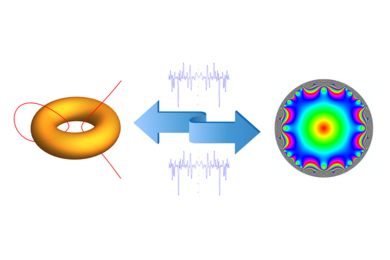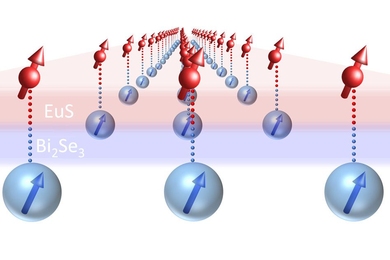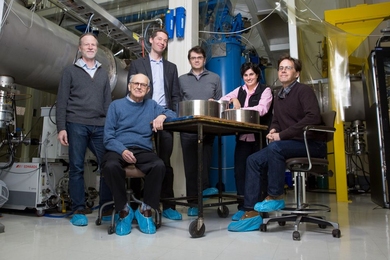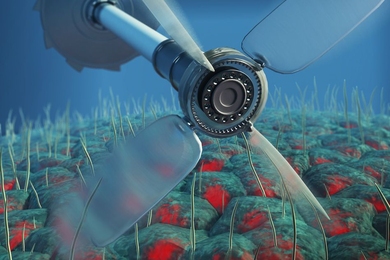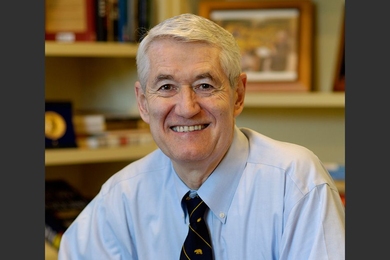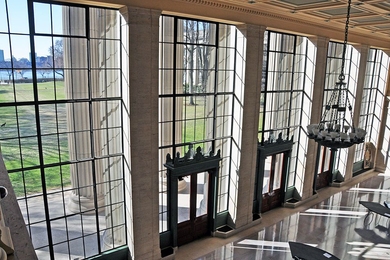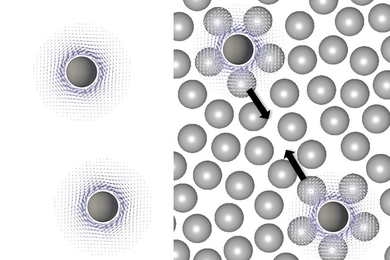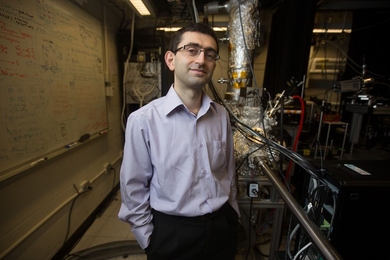Teamwork enables bacterial survival
Strains of E. coli resistant to one antibiotic can protect other bacteria growing nearby.
International team launches vast atlas of mathematical objects
New online resource represents enormous computational effort, will advance research across fields.
Researchers find unexpected magnetic effect
Combining two thin-film materials yields surprising room-temperature magnetism.
Achieving zero resistance in energy flow
MIT postdoc Cui-Zu Chang makes a spintronic breakthrough in the Moodera group.
LIGO researchers awarded Special Breakthrough Prize in Fundamental Physics
Team that detected gravitational waves to share $3 million prize.
Scientists discover potentially habitable planets
Just 40 light years from Earth, planets are best targets so far for search for extraterrestrial life.
Research highlight: Jagadeesh Moodera
Step-by-step, the Moodera Research Group is building the essential knowledge and hardware for next-generation quantum computers.
Spotting hidden activity in cells
New data analysis technique distinguishes active from passive fluctuations inside cells.
Robert Birgeneau to receive Vannevar Bush award
Former MIT physics professor and dean of science recognized by the National Science Board.
Seven from MIT elected to American Academy of Arts and Sciences for 2016
Prestigious honor society announces 213 new members this year.
Biobarrier explorer and dark matter theorist win MIT’s prestigious junior faculty award
Katharina Ribbeck and Jesse Thaler named recipients of the Harold E. Edgerton Award.
Study finds unexpected long-range particle interactions
Spinning cells could attract each other across surprisingly long distances.
Nuh Gedik: Peering into the heart of matter
MIT physicist uses laser beams to study exotic electronic phenomena at high speeds.



